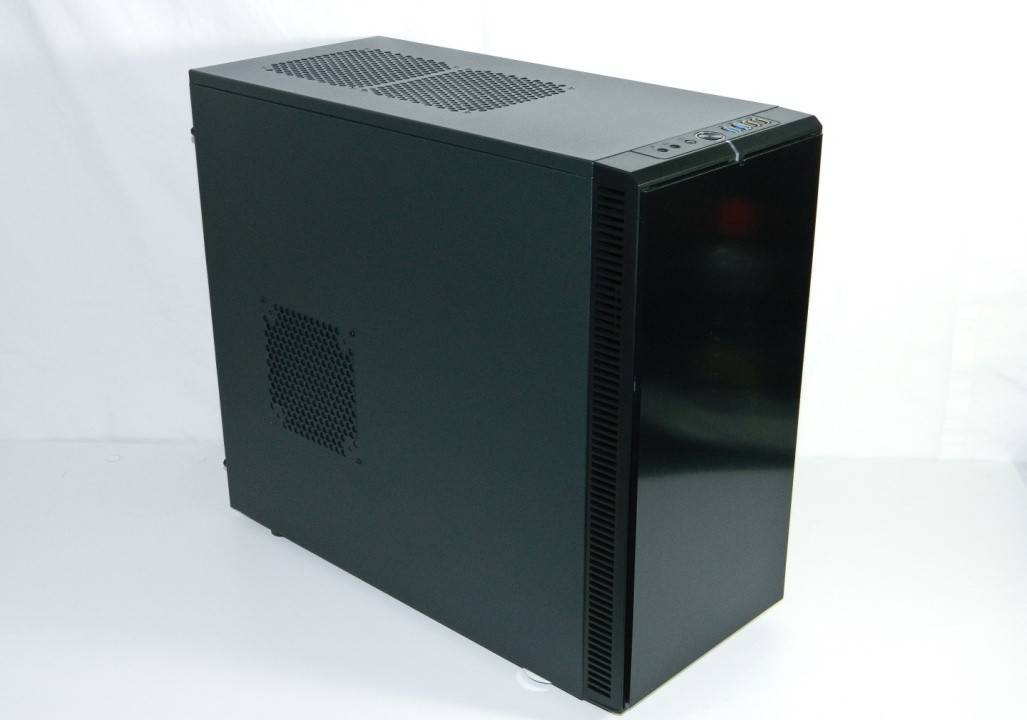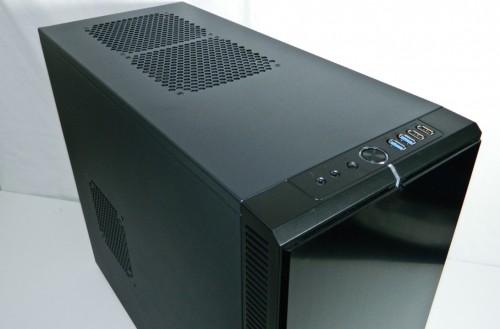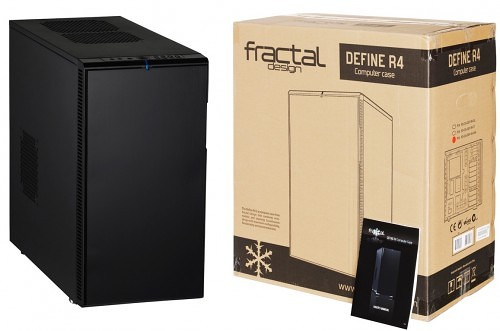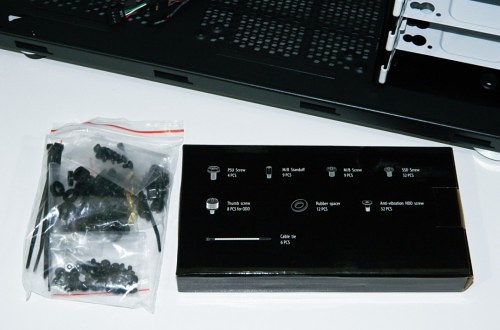Based in Sweden, Fractal Design has been designing cases and marketing them in the UK since 2007. Over the last couple years, they’ve continued to carve a swathe out in the American market thanks to their immaculate and contemporary designs. Once upon a time Antec offered similar style, but has since stopped, leaving a void amongst the DIY users who are looking just for what Fractal has to offer. Their vision is one of close attention to detail, balanced features, and a clean “less is more” image. Those concepts are found in many computer enclosures including the one we’re reviewing today.
I’ve been working with the Define R4 for about the last two weeks now, studying every straight line right down to the air flow. It’s a very feature rich, extremely classy enclosure. Naturally, we wanted to know is it a work of art, or if it’s just another square? Let’s find out!
Features and Specifications
Before we pop open the case, lets cover the features that Fractal feels is important to offer in many of their enclosures. The Define R4 now comes in a solid and windowed models which is obviously cool for enthusiasts that like to see their elite hardware. Here are the other feature highlights:
- High density noise-reducing material used on side, top, and front door to silence the system
- ModuVent (patent pending) design that enables silence or max airflow
- Top HDD cage can be rotated 90 degress, or removed for max air flow, or to fit super large GPU
- 3-speed fan control switch top front of bezel (up to 3 fans supported)
- Two Silent Series R2 140mm hydraulic bearing fans included as a standard
- Wider chassis design for cable management
- Tooless front 120mm fan holder for simple maintenance
- Two SSD slots behind the motherboard tray
The specifications of the case may seem redundant to experienced users but some are in fact different than many of the enclosures we’ve scrutinized. The size of the case, specifically the depth and length, are more important as it helps explain why so many components can be packed inside. Those specs are below.
- Supports ATX, Micro ATX, and ITX motherboards
- 7 + 1 PCI expansion slots
- 2 x 5.25″ ROM drive bays
- 8 x 3.5″ HDD trays – all are compatible with SSDs
- 2 x 2.5″ SSD behind motherboard
- 3 – ModuVent plates with sound dampening (2 top and 1 side)
- 7 total fan positions (2 top 120/140mm, 1 rear 140mm, 1 bottom 120/140mm, 1 side 140mm, and 2 front 120/140mm positions)
- Front and bottom removable fan filters
- Allows large 6.7″ (170mm) tall CPU heat sinks (Side fan removed)
- Supports standard (1 bottom fan) and large power supplies (No bottom fans installed)
- Supports 11.6″ (295mm) GPU with HDD cage installed and 17″ (430mm) GPU without the cage
- 1″ space (26mm) behind motherboard tray for cable management
- Rubber grommets on all wire and water cooling holes
- Case dimensions: (WxHxD) 232 x 464 x 523mm (9.1″ x 18.3″ x 20.6″)
- Net weight 12.3 KG (27 pounds)
Cooling potential rests in the configuration of the fans. It comes with front and rear 140mm Silent Series R2 fans. They’re rated for roughly 600 RPMs @ 53 CFM (14.9dBA<) to 1000 RPMs @ 66 CFM (18.5dBA). They aren’t quite as silent as some other case fans but they will seem quieter thanks to the enclosure’s sound dampening. Let’s see what else comes with the Fractal Define R4.
What’s in the Box?
It’s a pretty standard accessory bundle as far as enclosures go. However, there are a lot of black screws which have different purposes which are clearly marked on the accessory box. For instance, you’ll find special screws for SSD tray mounting. There are also rubber spacers and anti-vibration HDD screws all designed to help silent your drives. The eight ODD thumbscrews were helpful for mounting the motherboard which kind of changed up the look. Finally, six cable ties round off the bundle. I’m beginning to think enclosure and PSU manufacturers are allergic to Velcro, or reusable ties.
Now let’s move on to inspecting the chassis, pointing out interesting things along the way.




